Stand-Out Ocean Moms
From millions of eggs to three-ton babies, these moms are some of the hardest working in the sea.
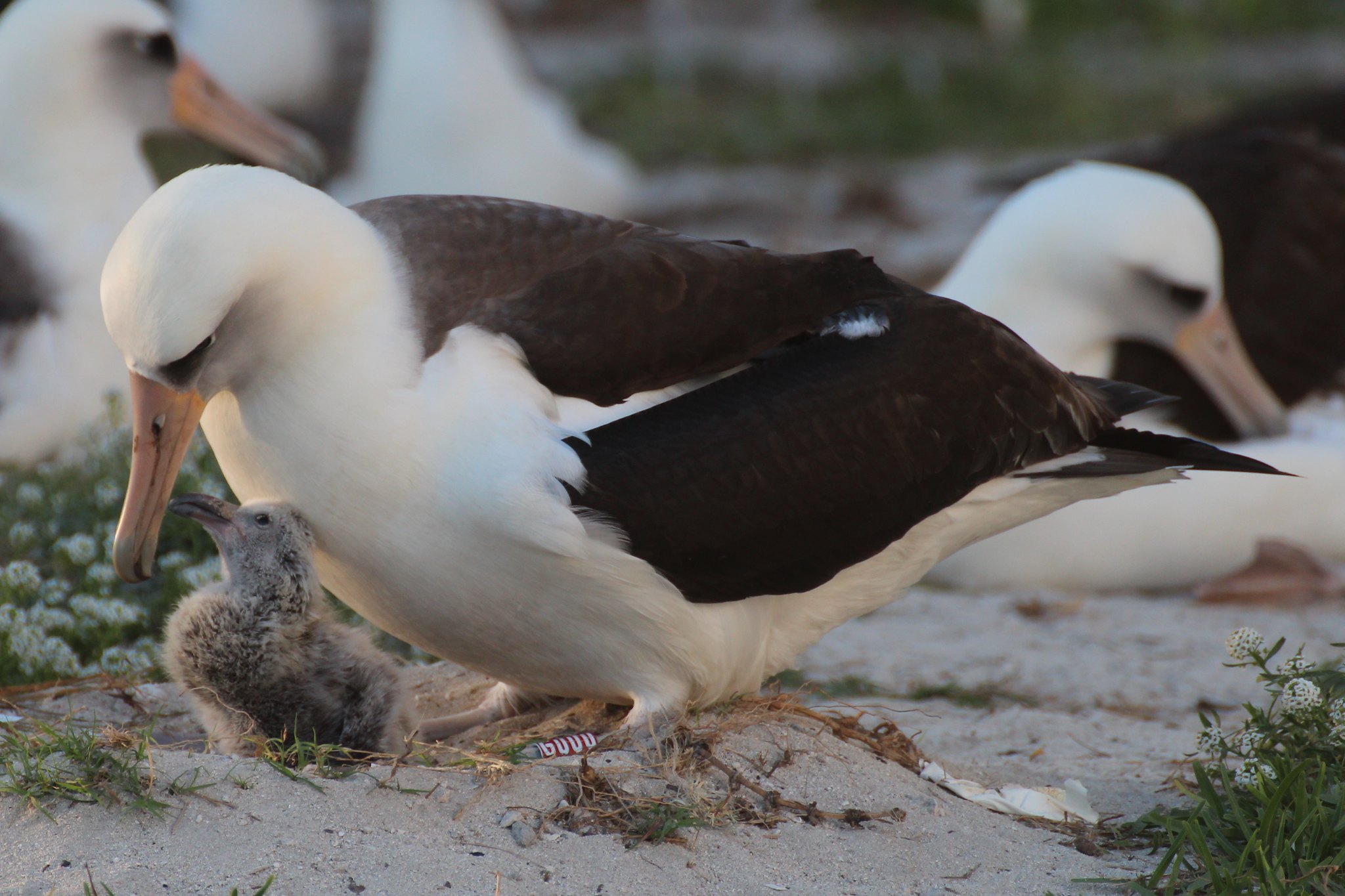
Mother’s Day is a time to celebrate all of the wonderful mothers out there—including those in the ocean! While all mothers deserve recognition, there are some who stand out among the rest. Let’s take a look at some of the hardest working moms in the sea.
Longest Brooding Period
Waiting nine months for birth might seem like a long time, but it pales in comparison to some brooding and gestational periods in the animal kingdom. Of animals who have live-births, frilled sharks take the gestational cake: their pregnancies can last up to three and a half years—almost five times the length of a human pregnancy! Deep sea octopuses (Graneledone boreopacifica) have to wait even longer for their offspring—their brooding periods can reach up to four and a half years. In the dark, cold waters of the deep ocean, the female octopus’ metabolism slows, allowing them to protect their eggs and push oxygenated seawater over them without leaving to hunt. Unfortunately, the experience is ultimately fatal for the mother, but it means by the time the eggs hatch, they’re very well developed and capable of hunting on their own.
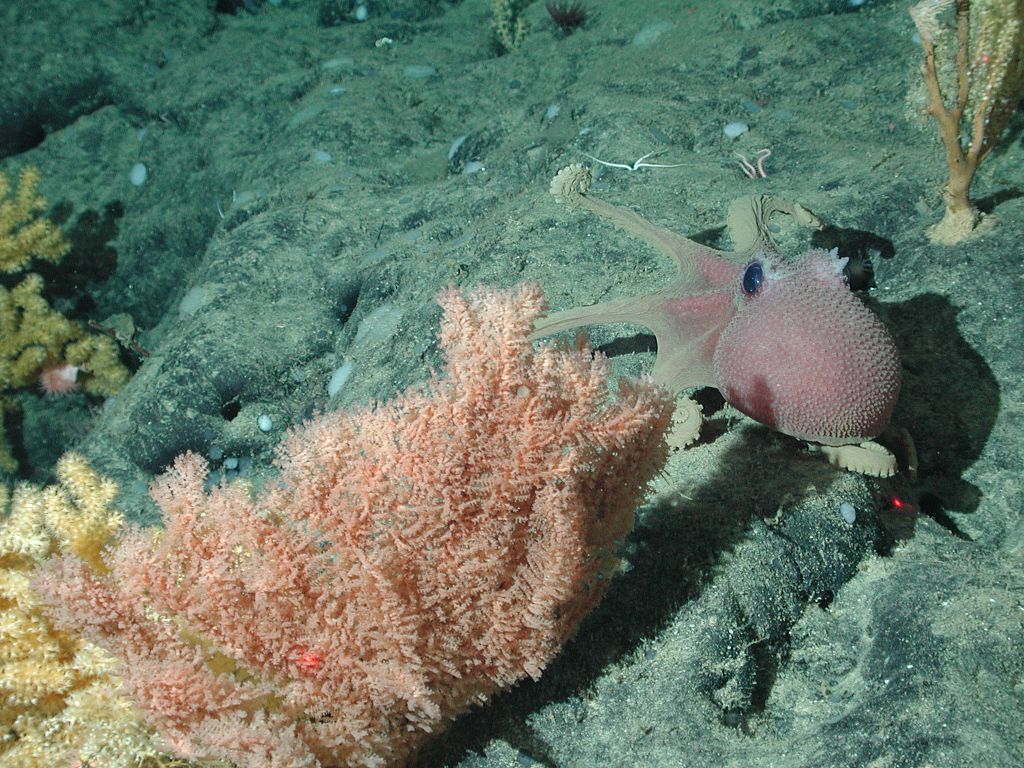
Largest Offspring
It’s no surprise that the largest animal in the world produces the largest offspring. Blue whales hold the record for the biggest offspring, with baby blue whales reaching up to 25 feet in length and weighing three tons at birth. The baby will consume its mother’s milk for about five to seven months, during which it gains up to 200 pounds every day. Blue whale milk contains about 40% fat and 13% protein, compared to human milk, which is only 4% fat and 1% protein. Blue whale gestation is an energy-intensive process, and females don’t reach sexual maturity until they are five to ten years old, and even then only produce calf every two to three years.
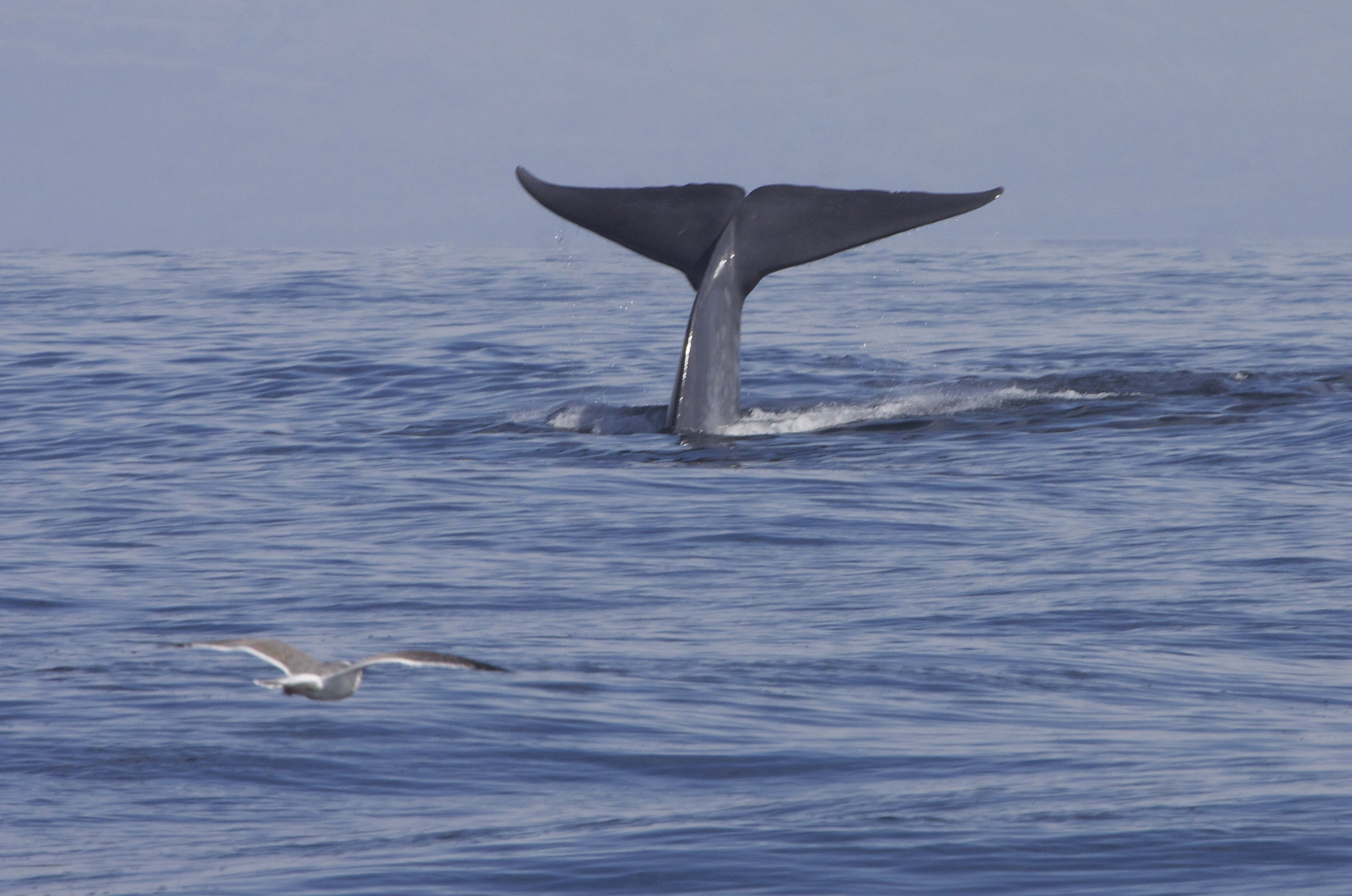
Most Offspring
While some animals only produce one or two offspring at a time, others take a different approach. For the mola mola, also known as the sunfish, finding a mate can be difficult, so females release massive amounts of eggs at a given time to maximize the chance that at least some of them will be fertilized by males. While female sunfish can release up to 300 million eggs at once, only a few of them will survive to adulthood. Corals have a similar strategy, where a few times a year they have large spawning events where they release millions of eggs into the water at once, with the hopes that some will be fertilized in the water column and settle on the reef below.
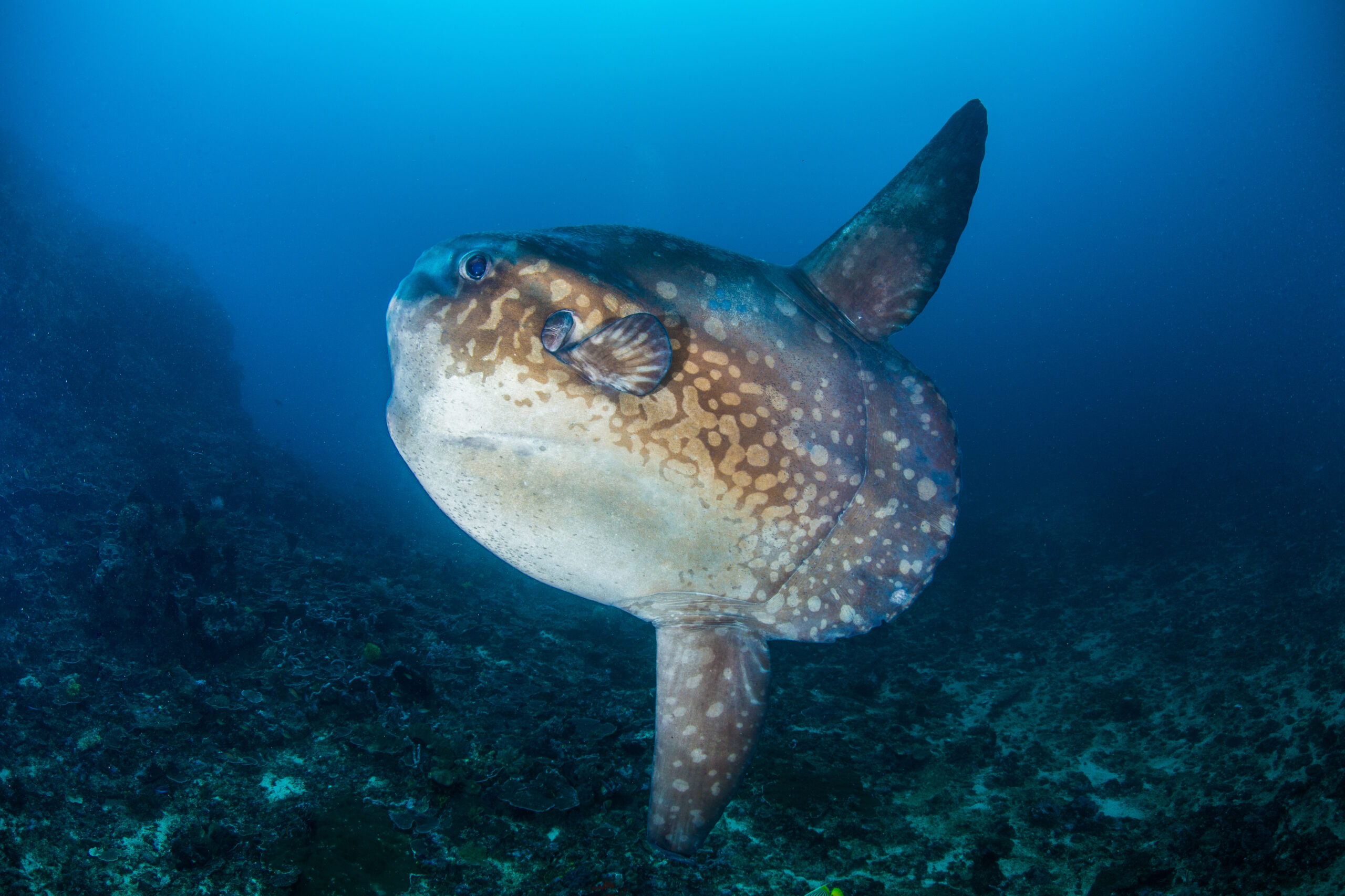
Longest Reproductive Lifespan
While we can’t say for sure that she’s the oldest mother (there’s much we still don’t know about the reproductive life cycle of some marine species!), Wisdom the Laysan albatross certainly stands out. In 2018, at 68 years old, Wisdom became the oldest-known breeding wild bird. Since 2006, Wisdom and her mate Akeakamai have produced an egg every year in their nest site at Midway Atoll. This is especially impressive as albatross are threatened by marine plastics, even in the remote Midway Atoll. Wisdom is thought to have hatched between 31-36 chicks in her lifetime, and shows no signs of slowing down!
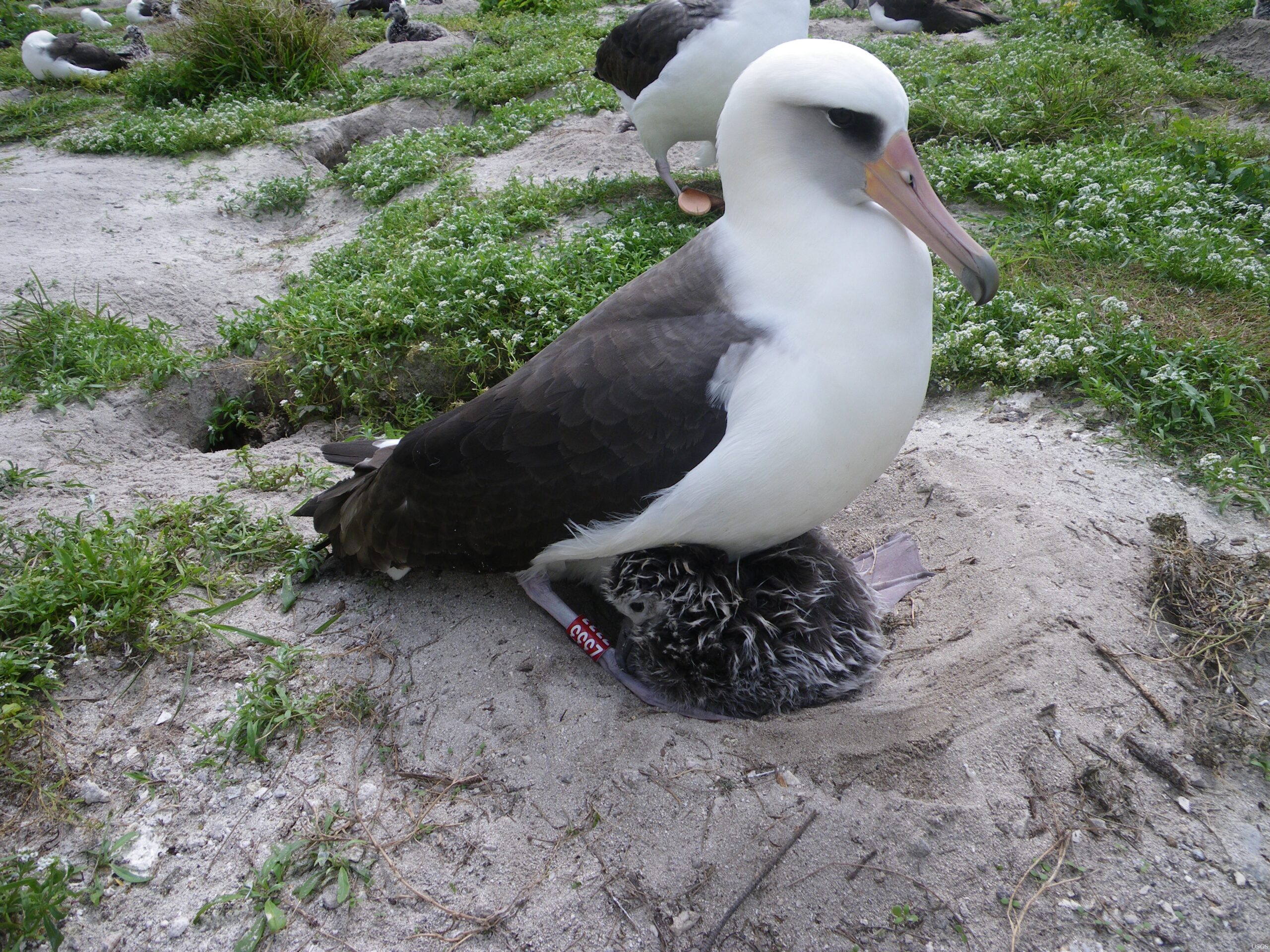
So here’s to all the mothers out there—sea creatures and otherwise. Happy Mother’s Day!